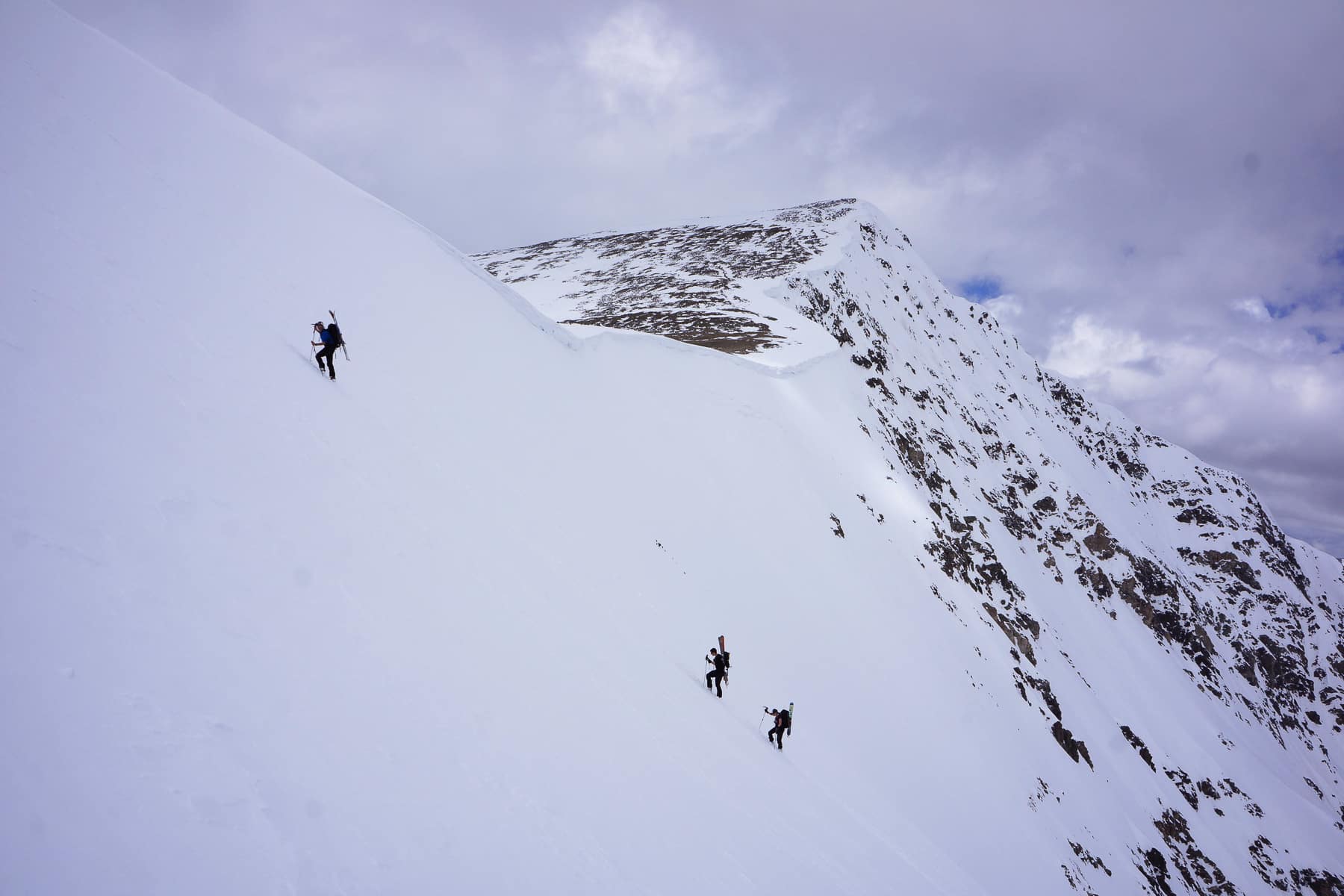The anecdotal evidence is a mixed bag when determining radio use in the backcountry. Although negligible in weight and easy to use, intra-group radio comms are not ubiquitous. It follows that inter-group radio comms are rarer.
I come from a mindset where I like using a radio for comms, particularly when skiing treed terrain. I also understand that others, many of whom I ski with, choose not to carry radios.
Does a radio, if using clear and concise phrasing, help with non-face-to-face communication? I side with yes. Does it make you generally safer? I’d have to see some longitudinal data to side either way. But using radios within my group makes me feel safer, which may mean nothing at all.
If you read through enough avalanche accident reports, you will soon encounter an incident between two separate groups that may have been preventable had they been in communication. The obvious scenario is dropping into a couloir. Atop the couloir, you do a brief snow assessment, fuel up, and notice two fresh ski tracks from an earlier party. Is the group down and clear, or are they still navigating within the line’s confines? Without verbal or visual confirmation, it would be hard to know. Another scenario is dropping in while an adjacent party ascends an out-of-sight skin track. Value judgments aside, it is hard to argue that not having inter-group comms is the preferred context.
In recent years, several communities in the U.S. have adopted group monitoring channels in high-traffic backcountry skiing zones. By most accounts, the initiative to designate agreed-upon radio channels for inter-group comms stems from a 2016 International Snow Science Workshop paper titled Utilizing Common Radio Channels in High-Use Avalanche Terrain. The paper, written by Matt Steen and Bruce Edgerly, discusses a 2014-2016 pilot program introducing common radio channels Telluride.






Leave a Reply
You must be logged in to post a comment.